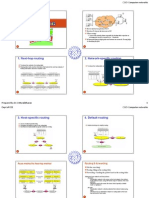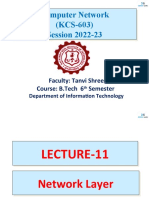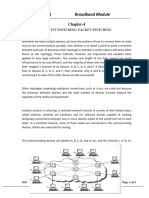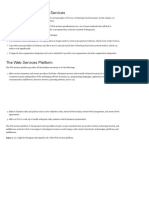0% found this document useful (0 votes)
79 views7 pagesRouting Principles for Trainees
The document discusses routing principles including routing, routed protocols, routing protocols, types of routing such as static, default and dynamic routing, routing algorithms, convergence, and representing distance with metrics.
Uploaded by
BSCCopyright
© © All Rights Reserved
We take content rights seriously. If you suspect this is your content, claim it here.
Available Formats
Download as PDF, TXT or read online on Scribd
0% found this document useful (0 votes)
79 views7 pagesRouting Principles for Trainees
The document discusses routing principles including routing, routed protocols, routing protocols, types of routing such as static, default and dynamic routing, routing algorithms, convergence, and representing distance with metrics.
Uploaded by
BSCCopyright
© © All Rights Reserved
We take content rights seriously. If you suspect this is your content, claim it here.
Available Formats
Download as PDF, TXT or read online on Scribd
/ 7






































































































